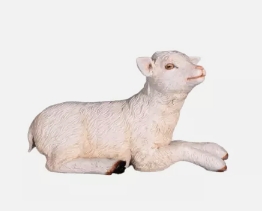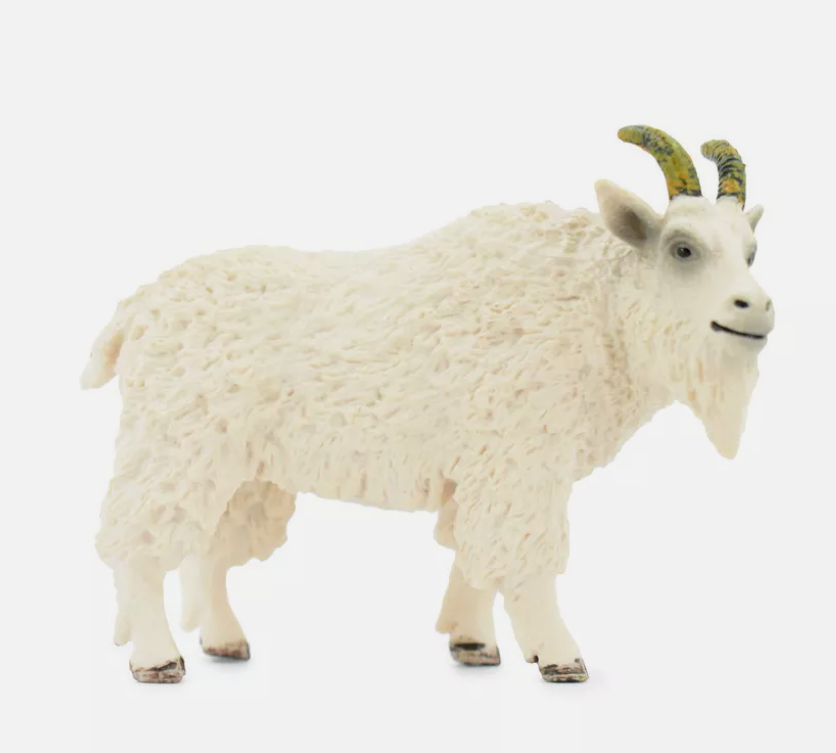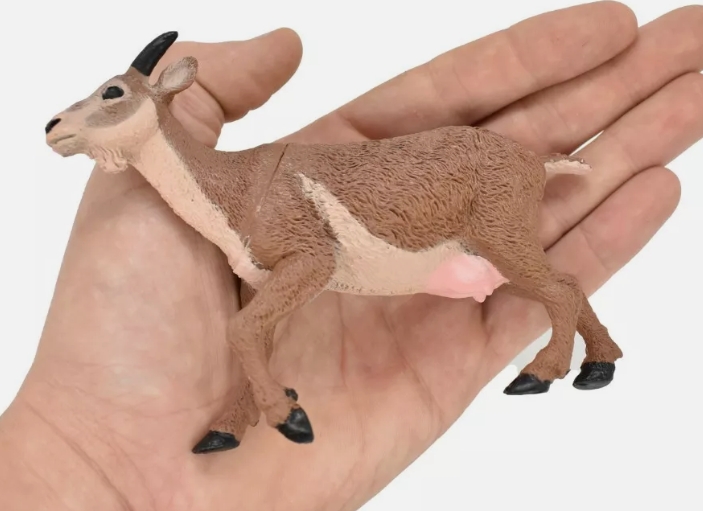Goat is a kind of highly adaptable domestic animal, which is loved by people for its unique appearance and gentle character. Goat model is a goat simulation model made of various materials, which is widely used in education, art and exhibition fields.
This model is commonly used to study and analyze the anatomical structure, behavior and ecological environment of goats. They not only help students gain a deeper understanding of animal biology, but also provide an intuitive perspective on animal science research. In the field of art, goat models are used for creation and decoration, reflecting the beauty of nature
In addition, goat models are useful in agriculture and animal husbandry, where farmers can look at the models to optimize feeding management or breeding programs. In general, the goat model is not only an aid for scientific education, but also of great cultural and practical value.




